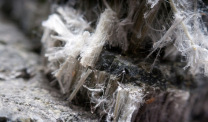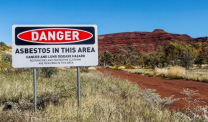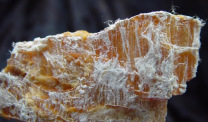NYC Mayor Waives Asbestos Fees in Response to Hurricane Ida
Asbestos Exposure & BansWritten by Michelle Whitmer | Edited By Walter Pacheco
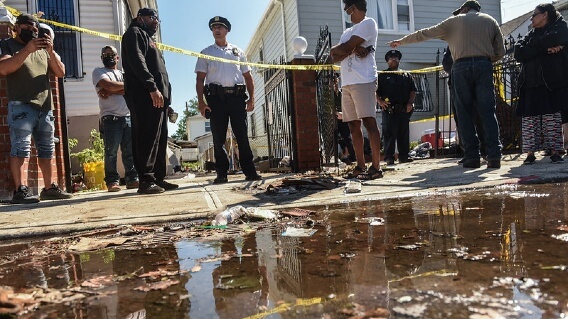
New York City Mayor Bill de Blasio has waived fees for asbestos removal as part of the recovery response to Hurricane Ida. The mayor also waived the seven-day advance notice requirement for asbestos projects.
De Blasio signed Emergency Executive Order No. 235 on Sept. 7, allowing the New York City Department of Environmental Protection and Department of Buildings to waive fees and advance notification requirements for various permits and applications related to storm damage repair. The order remains in effect for five days unless it is terminated or modified.
These measures are intended to relieve an additional burden on home and property owners. However, waiving fees and advance notice requirements for asbestos projects may result in asbestos exposure among workers and the public if proper safety protocols are not followed.
Ryan Bauer-Walsh, an artist living in Hamilton Heights, told ABC News the asbestos roof of his apartment in a New York City affordable housing cooperative caved in and his home filled with rain.
“This is the second time in two months that the roof has caved in and they’ve been doing asbestos removal. Unfortunately, asbestos-contaminated water, we think, has come into our apartments,” he said.
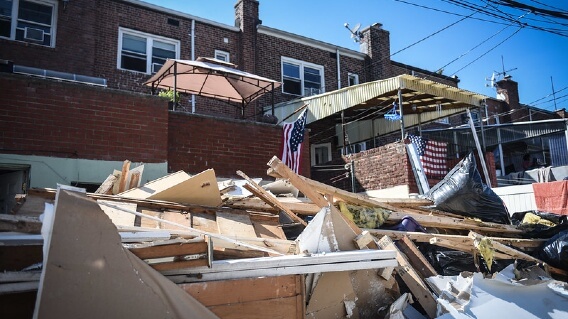
New York City normally requires submission of asbestos abatement permits and workplace safety plans one week before work begins. These measures aim to protect workers and the public from asbestos exposure, requiring licensed asbestos abatement professionals to oversee projects.
The executive order states that to become eligible for fee waivers, New Yorkers must submit a certification that the asbestos project is because of storm damage. Certification includes any form of documentation provided by a government agency, such as the Federal Emergency Management Agency or a 911 police report.
Risks of asbestos exposure increase after hurricanes and other natural disasters. Damaged homes, older buildings and industrial properties may become a source of asbestos exposure for first responders and cleanup crews.
Hurricane Ida’s Asbestos Damage Impacts Louisiana Residents
The Louisiana Department of Environmental Quality documented a potential asbestos exposure risk following Hurricane Ida in Montz, Louisiana. An energy power plant located on the Mississippi River reported an unknown amount of asbestos debris had been blown away in hurricane winds.
The U.S. Environmental Protection Agency issued a cleanup safety reminder in response to Hurricane Ida on Sept. 4, warning the public about the dangers of asbestos exposure following a natural disaster. The agency recommends wearing N95 respirator masks, gloves and goggles during cleanup efforts and warns against disturbing any materials that may contain asbestos.
Efforts to help people Hurricane Ida impacted in Louisiana include Operation Blue Roof, a U.S. Army Corps of Engineers program that provides fiber-reinforced sheeting to cover damaged roofs free of charge until a new permanent roof is installed. Louisiana residents in certain parishes qualify for the program.
Unfortunately, homeowners with asbestos roofs do not qualify for this program because of asbestos exposure risks to roofers installing the temporary sheeting.

